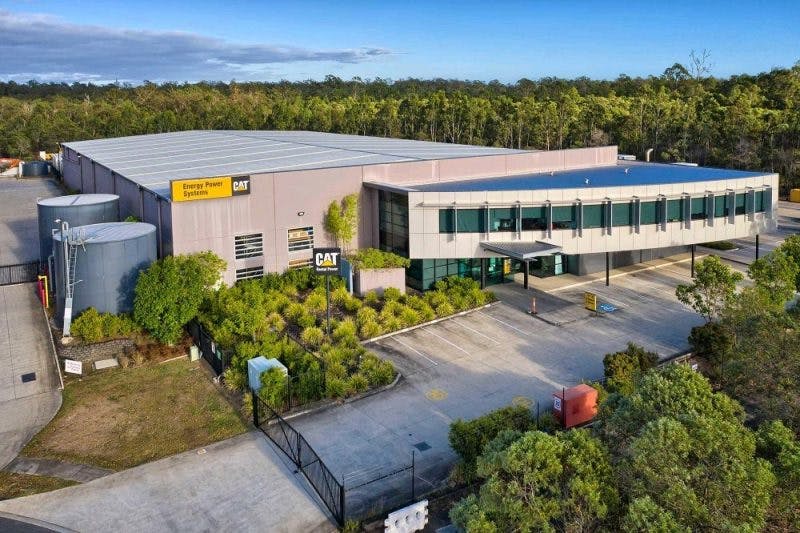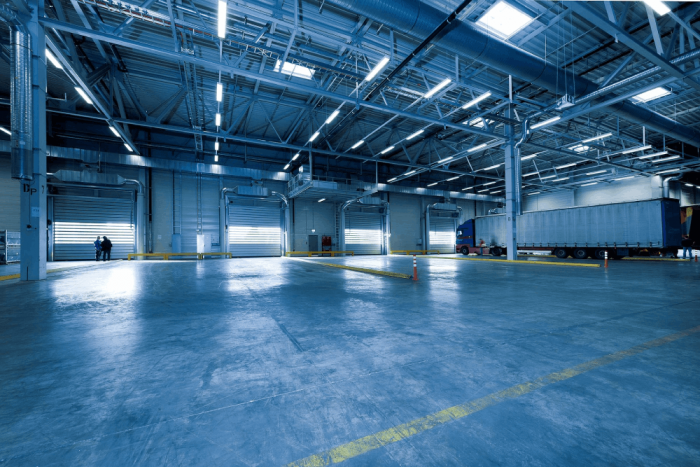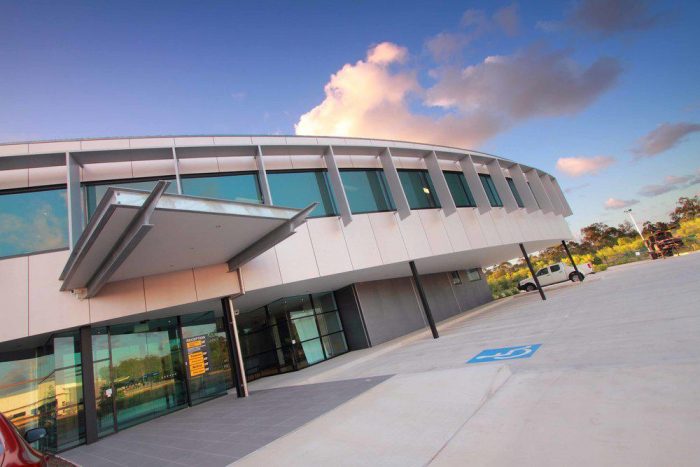Case Studies
Case Study: How we safely doubled our investor’s money (in 2 years)
Published
07 June, 2021

Introducing 50 Arc Place, Larapinta QLD
In February 2019, 38 investors placed their funds with us to purchase a commercial asset in a AAA-industrial location in Larapinta QLD. This was one of three assets that comprised our Pathway 14 Unit Trust investment opportunity.
With a purchase price of $7.86 million, the industrial building at 50 Arc Place, Larapinta sat on 12,000 sqm of land with a net lettable area of 4,848 sqm. It was architecturally designed and purpose-built for the current tenant, but the high-quality building also had great tenant appeal to a wide cross-section of distribution and warehouse logistics businesses.
Energy Power Systems Australia, Australia’s specialised CAT engine dealer (a partner of the Fortune 100 company Caterpillar Inc.), had been in occupation since inception eight years prior. Only nine months remained on their lease.
Challenge: De-risking the acquisition
We knew this was a high-quality asset in a fantastic location. But the investment had one key leasing risk: Only nine months of contractual income remained on the property.
If the tenant vacated we would be left with an empty property for an unknown period of time. The costs associated with this outcome could hurt both investor capital and income.
We needed to ensure the tenant remained. Or minimise the consequences of them vacating.
Solution: Safeguarding our investors’ capital and listening to our tenant
If we could intimately understand the risk of CAT vacating and create a specific strategy to overcome the short lease term (nine months), we knew there would be huge capital growth potential for our investors.
Everything hinged on two key elements:
- Taking the time to truly and sincerely understand our tenant’s demands and desires, and
- Investigating the availability of quality competing space in the area which posed a possible relocation solution for the tenant (and could ultimately threaten our strategy to maintain their tenancy).
We first began by providing a safety net for our investors’ capital should the tenant vacate the property:
- Performed a thorough Due Diligence investigation to intimately understand the costs involved during a potential vacancy (including rental downtime, leasing commissions, capex, leasing incentives, etc.)
- Raised a significant reserve fund of $900,000 to adequately cover for these costs
We then took every measure to ensure our tenant would remain in the property:
- Listened to their frustrations
- Created a flexible leasing arrangement (tailored to their long-term appetite)
- Upgraded their office accommodation
- Built approx. 1,800sqm of additional hardstand on the premises (to suit their specific requirements)
Outcome: An X factor offer
Two years later, we had been approached by many agents to sell 50 Arc Place, Larapinta. But we turned down every offer because we wanted an X factor buyer. And we wanted to sell at an X factor price.
Why? Our investors trusted us to squeeze the maximum potential from this asset. For us, that trust was priceless.
So, in March 2021, when CBRE approached us with an offer from one of Australia’s largest ASX-listed property investment groups, we knew we could demand a market-leading price.
Throughout the negotiations we were able to increase the buyer’s original offer by $600,000, bringing the final sale price to $14.3 million.
Our investors got their X factor buyer.
And we sold at an X factor price.
Purchase Price: $7.86m in February 2019
Sale Price: $14.3m in April 2021
Value increase: $6.44m in 2.2 years
The numbers
82%
Capital return on investment
17.3%
Total cash distributed for our investors during holding period
100%
Total investor return
$6.44m
Total value increase in 2.2 years

Our Strategy
Strategy #1: A thorough Due Diligence and establishing an appropriate Reserve Fund
We set about de-risking the asset to ensure that if CAT did not renew their lease, we would have adequate protection in place for our investors, who would own a vacant property.
We conservatively provided for a significant vacancy period and potential leasing incentive within our reserve fund to cater for any lease downtime.
And we conducted a thorough Due Diligence to understand the many expenses we might see during a vacancy:
- Potential leasing costs
- Vacancy period
- Leasing agent’s commissions
- Leasing incentives
- Capex
As a result of our research, we raised $900,000 in reserve to cater for 12 months vacancy (at the then market-related rent), leasing risk and tenancy incentive.
The reserve fund would allow us to continue providing a solid return to investors while managing the opportunity.
With our safeguard in place, we turned to the existing tenant to increase their likelihood of staying in the property after the completion of their remaining nine-month tenure.

Strategy #2: Negotiating a new lease agreement with CAT
Although CAT had shown interest in remaining in the premises, we couldn’t rely on this intention alone. We needed to cement their occupancy with a signed lease agreement that addressed any and all of their concerns. And the only way to do that was to listen to them.
We asked:
- What did their ideal premises look like?
- What frustrations did they have with the existing premises?
- And what could we do to resolve these frustrations?
We discovered flexibility was a major concern for the tenant. They had been restricted as to what enhancements they could make to the property and how they were able to operate on their premises.
So, we were creative and developed a lease agreement which provided this flexibility.
We also allowed them to upgrade their office accommodation at an up-front cost to us, with this to be repaid in instalments over the remaining lease term.
And finally, we showed our intent to enhance the property’s usability if they were to remain its occupant.
The flexible lease agreement – and our ears-open strategy to listen to the tenant – ultimately allowed CAT to commit to an additional ten years in the property.
And as we’d promised, we constructed approx. 1,800 sqm of additional hardstand (paved area to store vehicles, machinery, etc.) at the cost of $433,000. The new hardstand attracted additional rental which improved the return for our investors. It also added an additional $600,000 to the property value.
Want to invest with us?
Our next investment is around the corner. Get in touch with us to find out more.



